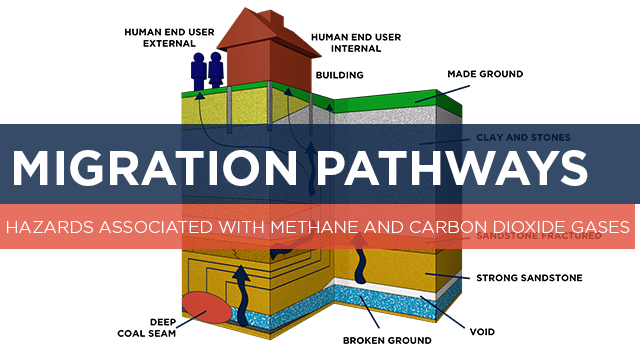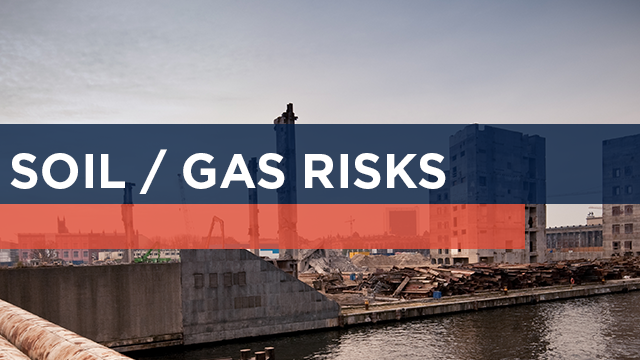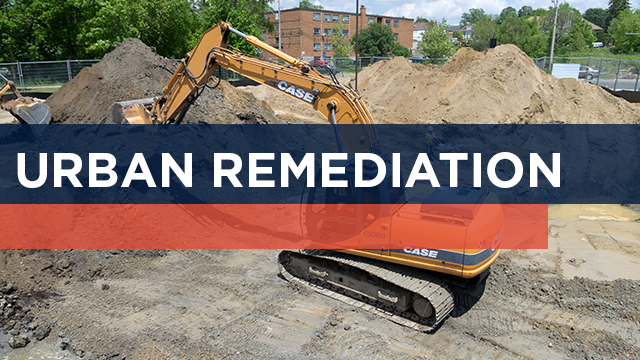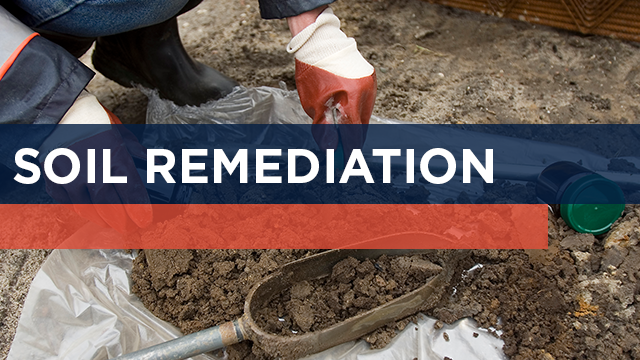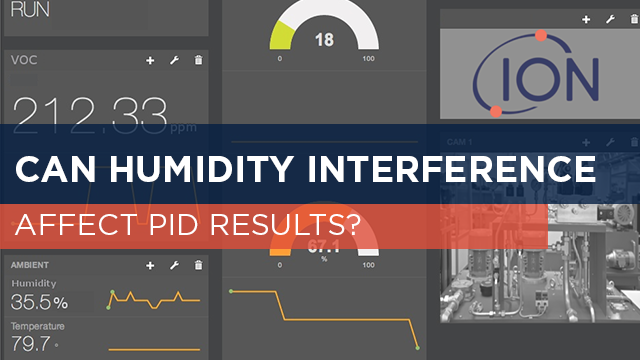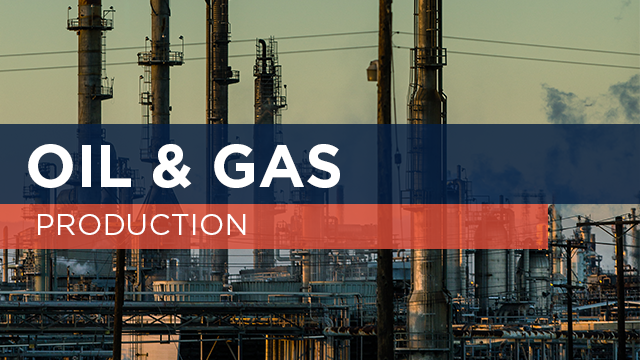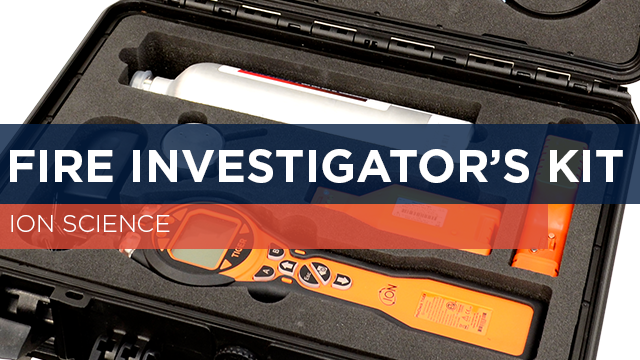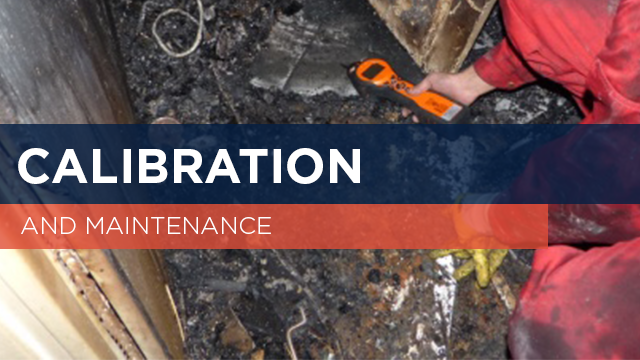Migration Pathways
Migration pathways include pore spaces (e.g. in sands or gravels), fractures, joints, bedding planes and fault lines.
Anthropogenic influences can increase permeability, for example, by activities such as mine grouting, air blast rotary drilling, blasting and mining. All of these can have potentially catastrophic effects on pathways and ground gas movements. In addition, anthropogenic influences include sewers, granular backfill around services, cable ducts, pipes, service ducts, drains and voids such as inspection pits, under floor spaces and basements, all of which may provide preferential ground gas migration pathways.
Soil/Gas Risks
Uncontrolled subsurface gas migration and emission poses a number of risks to the environment and human health & safety from anthropogenic sources (the general term for gases originating in human activity) such as:-
-
landfill waste
-
abandoned coal mining
-
shale gas production
-
contaminated land from past industrial use (some dating as far back as Victorian times)
-
pipeline leaks from current industrial processes such as oil refining & chemical manufacture
-
Coal bed methane
Urban Remediation
Urban regeneration (revitalization in the US) is a common strategic objective for Governments and Cities alike. Take the London 2012 Olympics as a prime example.
The enabling works cleaned up an area of East London which was heavily contaminated as a result of former industrial activity.
Soil Remediation
Remediation (the action of reversing or stopping environmental damage) and health risk assessment are increasingly required by both industry and property developers as more is understood about risks from contaminated land, and regulations become more stringent.
Remediation of an industrial site may be required when an environmental permit is surrendered, or following an accidental release of pollutants to land. Similarly, it is often required in order to obtain planning permission and develop the site.
Soil Remediation: An Urban Future
According to professional services firm, Pricewaterhouse Coopers (PwC), our future is set to be urban.
They say that:-
- More than half the world’s population already live in urban areas
- 5 million people are added to the global urban population every week
Can Humidity Interference Affect PID Results?
A common frequently asked question is “can humidity interference affect my PID detector results?” Like many sensors and measurement instrumentation, traditional PIDs can indeed be affected by the environmental conditions i.e. dust, dirt and in particular, humidity. The major producers of oil & gas are located in the Gulf States and in or close to the Gulf of Mexico, which are of course areas of high temperature and high humidity.
Humidity can disrupt PID measurements in two ways leading to false low or conversely high readings.
The cause of low readings is because water vapour absorbs the photons released by ionisation within the sensor as can be seen in the simplified cross sections of a PID sensor (figure 1).
Oil & Gas Production
Thinking about process industries such as the oil & gas sector, it is well knowing that during normal operations, leaks can occur from pumps, valves, flanges, storage tanks or during loading and unloading.
According to US EPA figures2, this can mean hundreds of tons of volatile organic compounds (VOC) including benzene, which pose a serious health risk3.
Fixed and personal photoionisation detectors (PIDs) have proven to be an ideal solution for VOC detection because they afford protection for individual workers (and their co-workers), and have high level audible, visual (and vibratory) alarms which activate when exposure levels exceed set thresholds.
What is humidity?
Humidity is a natural phenomenon and is an amount of water vapour present in the atmosphere or in a gas.
Water vapour itself is the gaseous state of water and is invisible to the human eye but we have all experienced how uncomfortable high humidity can make you feel.
Humidity comes from water evaporating from lakes and oceans and since warmer water evaporates more quickly you find the most humid regions closer to warm bodies of water, like the Red Sea, the Persian Gulf and Miami, Florida.
Fire Investigator's Kit
To assist the fire investigator, maximise their ‘productivity’ and minimise the number of lab samples that need to be taken, a number of useful accessories and spares should be provided:-
- Long, flexible probe, to enable access to awkward spaces and gaps between floorboards and ceilings
- Vehicle adaptor to keep the rechargeable battery topped up plus AA battery pack for ‘emergency use’
- Exhaust barb to allow air samples to be captured whilst measuring for subsequent lab analysis if required
- Bump test pen & calibration gas to check functionality and accuracy
- Spare PTFE filters
- Rugged carrying case
Ease of Calibration & Maintenance
Conventional PIDs may use humidity suppression/compensation techniques but each of them has disadvantages:
- Humidity sensor – these typically have a slower response than the PID sensor itself which causes a drifting compensation
- Desiccant tube – these both slow the PID response and also reduce it by adsorption plus they need replacing from time to time which adds cost
- Humidify the calibration gas – this only works at one level of humidity and is no longer accurate when the humidity changes
Importantly none of these solutions solves a false positive at high humidity

